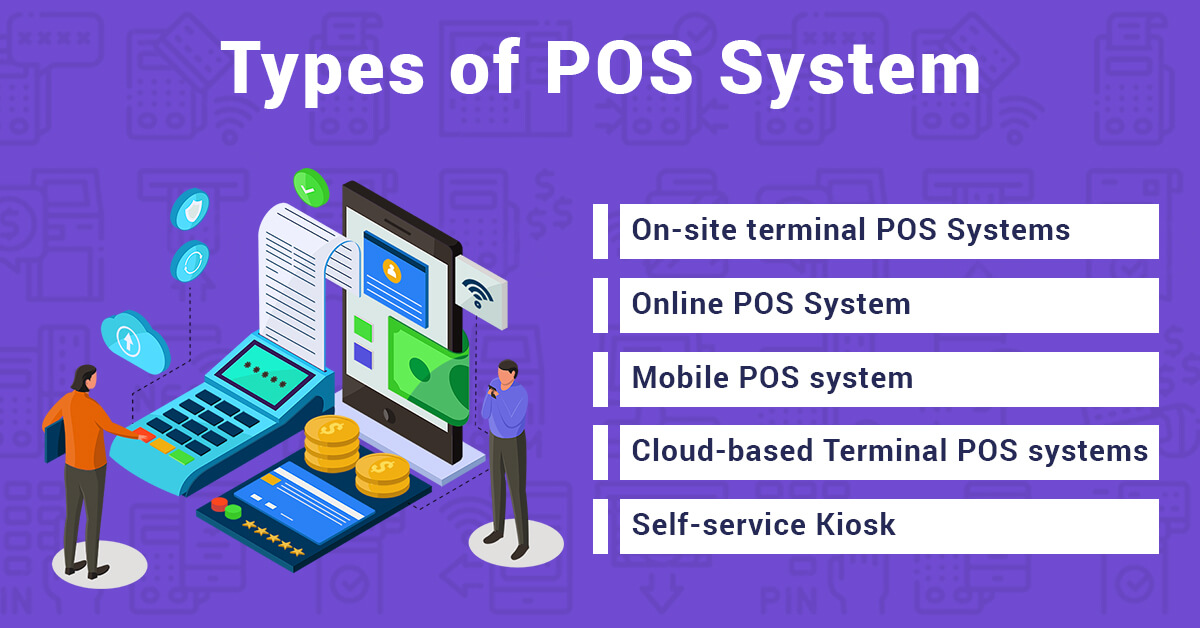Exactly How POS System Works: A Comprehensive Overview for Service Owners

Comprehending the Parts of a POS System

Exactly How Sales Transactions Are Refined
When a client determines to make a purchase, the sales purchase starts a series of methodical steps within the POS system. The cashier inputs the items being acquired, which are checked through a barcode reader or by hand entered. This action obtains item details, including pricing and applicable taxes, from the system's database.Next, the client exists with the overall quantity due. The POS system after that processes the payment, whether through money, bank card, or mobile settlement approaches (Restaurant POS Software). For digital payments, the POS securely connects with settlement cpus to authorize and verify the transaction.Once the settlement is validated, the system generates an invoice, which can be published or sent electronically. This invoice acts as receipt for the consumer. The deal data is videotaped in the system, making certain precise sales documents and economic monitoring for the service.
Inventory Management and Monitoring

Efficient stock management and tracking are crucial elements of a POS system, as they assure that organizations keep ideal stock degrees and decrease discrepancies. A durable POS system permits real-time stock updates, mirroring returns and sales instantly. This makes it possible for entrepreneur to keep track of stock levels precisely, making certain that preferred items are readily offered while stopping overstocking of less preferred products.Additionally, progressed POS systems supply attributes such as computerized stock alerts and reorder suggestions, improving the purchase procedure. Barcoding and RFID technology improve precision in tracking stock motion, minimizing human error. Extensive reporting tools give insights into supply turnover rates, helping companies make informed decisions about acquiring and item offerings. Eventually, reliable stock management through a POS system not just enhances functional efficiency however additionally improves consumer satisfaction by guaranteeing item availability.
Assessing Client Data and Insights
Client information evaluation acts as a powerful tool for companies using a POS system (Restaurant POS Software). By analyzing and collecting purchase data, businesses can discover useful insights regarding consumer habits and preferences. This analysis enables them to identify buying fads, peak purchasing times, and popular products, consequently notifying inventory decisions and advertising and marketing strategies.Additionally, companies can section their client base, enabling customized advertising and marketing efforts that accommodate specific demographics or purchasing practices. Recognizing client commitment patterns additionally assists in establishing targeted rewards and promos programs.The data amassed from a POS system can additionally reveal insights right into customer comments, making it possible for businesses to make enlightened decisions pertaining to item offerings and service improvements. Inevitably, leveraging customer data efficiently can boost the overall shopping experience, foster customer satisfaction, and drive earnings growth
Advantages of Carrying Out a POS System

Frequently Asked Inquiries
What Kinds Of Businesses Can Gain From a POS System?
Different services find out this here gain from a POS system, consisting of stores, restaurants, salons, and ecommerce systems. These systems improve transactions, supply administration, and client information, boosting functional efficiency and enhancing client experience across varied markets.
Just how Much Does a POS System Typically Price?
The expense of a POS system typically varies from a couple of hundred to numerous thousand bucks, depending on attributes, hardware, and software application. Businesses need to take into consideration continuous charges for deal, assistance, and upkeep processing when budgeting.
Can I Integrate a POS System With Existing Software?
Integrating a POS system with existing software application is typically feasible. Numerous systems provide APIs or integrated compatibility functions, allowing organizations to streamline operations and boost performance by attaching different software applications properly.
What Training Is Required for Staff to Use a POS System?
Training for team to use a POS system typically consists of understanding software program functionalities, refining transactions, taking care of stock, and managing customer interactions. Practical demonstrations and hands-on session improve efficiency and confidence in operation the system properly.
What Takes place if the Net Decreases While Making Use Of a POS System?
If the net decreases during POS system usage, transactions may be interrupted. Numerous systems use offline abilities, allowing fundamental operations to continue, however full functionality, consisting of real-time supply updates, my website will be limited. A Factor of Sale (POS) system is made up of several crucial parts that work together to facilitate purchases and handle business operations. Effective supply management and monitoring are important elements of a POS system, as they ensure that companies keep excellent supply levels and minimize inconsistencies. Customer data analysis serves as an effective device for services utilizing a POS system. Recognizing client loyalty patterns additionally aids in developing targeted incentives and promos programs.The data gleaned from a POS system can additionally reveal understandings right into customer comments, allowing businesses to make educated choices concerning item offerings and solution enhancements. Applying a POS system provides countless advantages that can significantly boost company operations.